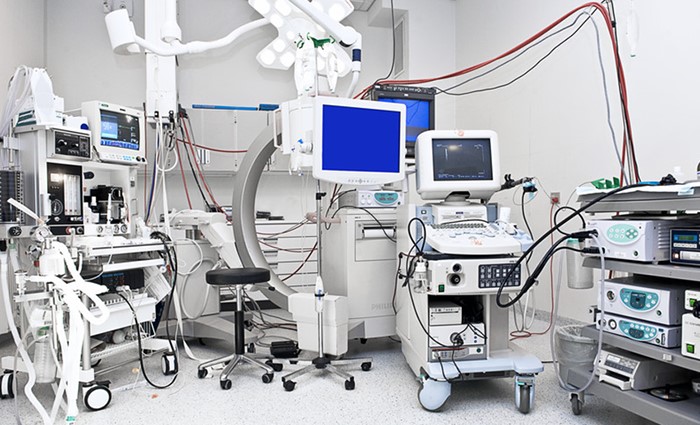About
B.E in Medical Electronics is a specialized discipline which integrates engineering with biomedical sciences and clinical practice. Medical electronics course gives a way over-engineering with medical science by laying strong knowledge in electronics. It focuses on the physiological functions of the human body and integrates it with engineering principles to apply different techniques, skills, tools to solve clinical and healthcare problems for the patient needs like prostheses, medical information systems, artificial organs, instrumentation, care delivery systems, and health management. A medical electronics engineer can be called as the doctor of the equipments without which a doctor, a surgeon or a multi specialty hospital is helpless. Medical Electronics engineers are the one who design devices and measures that solve medical and health-related problems by combining their knowledge of biology and medicine with engineering principles and practices.The medical electronics industry is witnessing an exponential growth because of the huge growth in Health Care industry. At the end of the course, students will have the ability to identify and design devices or systems for medical purposes and understand the ethical and professional responsibility for engineering practice.


